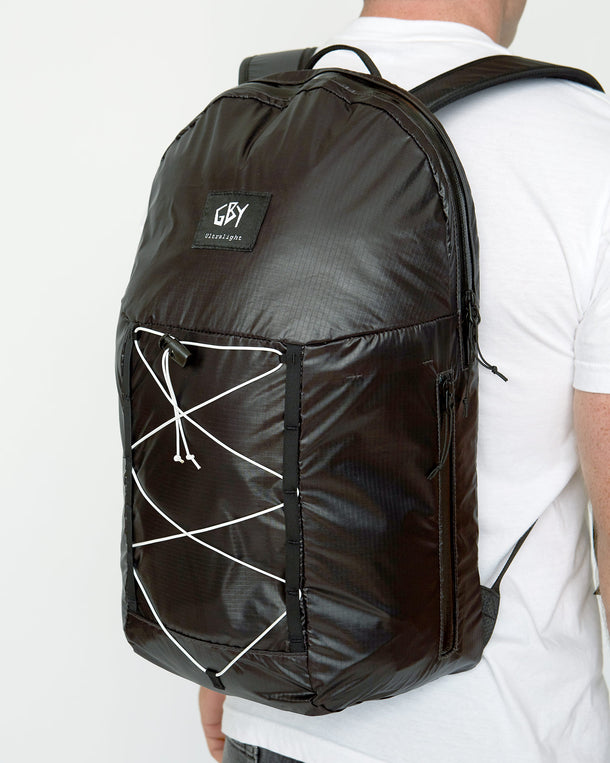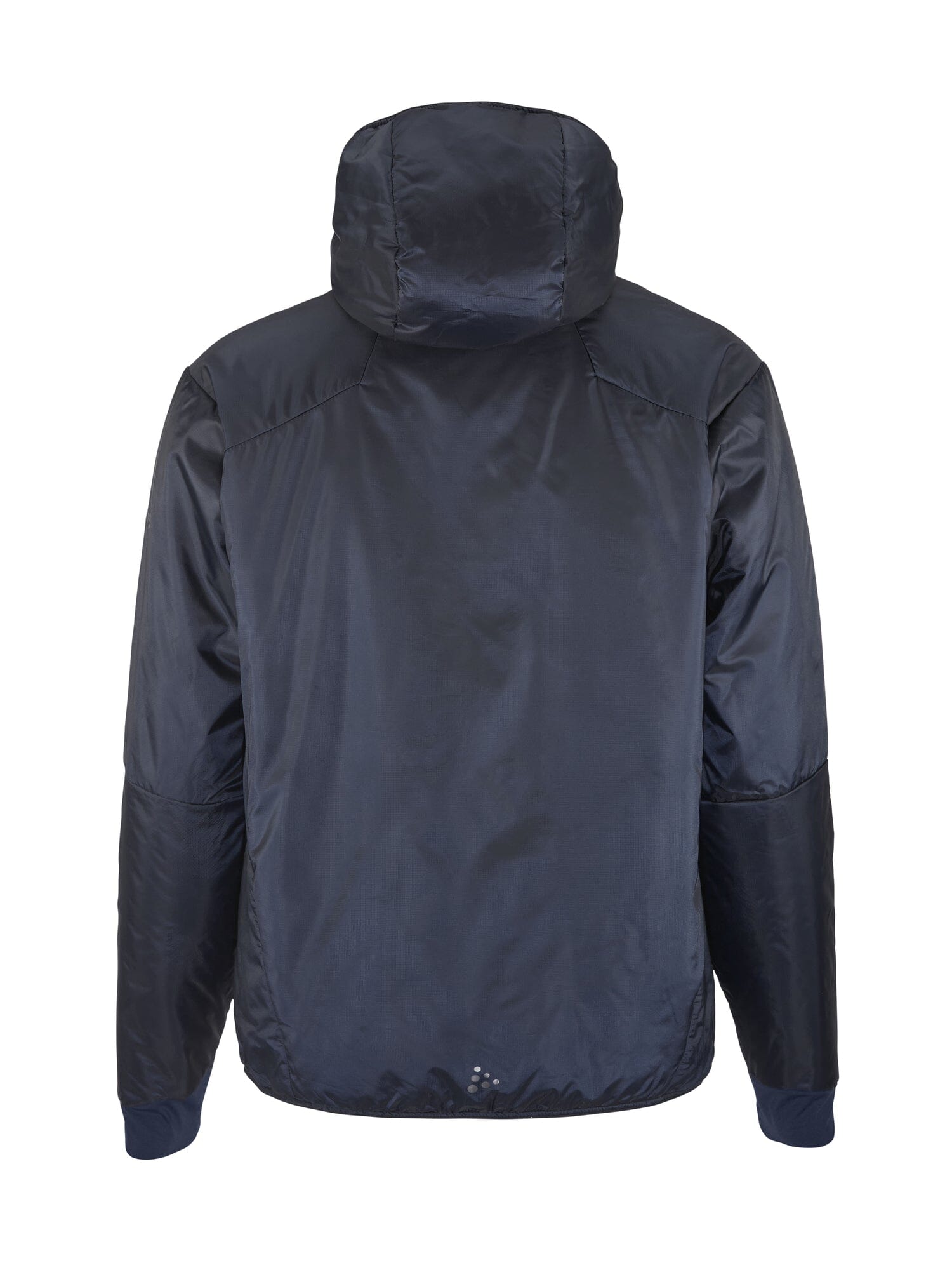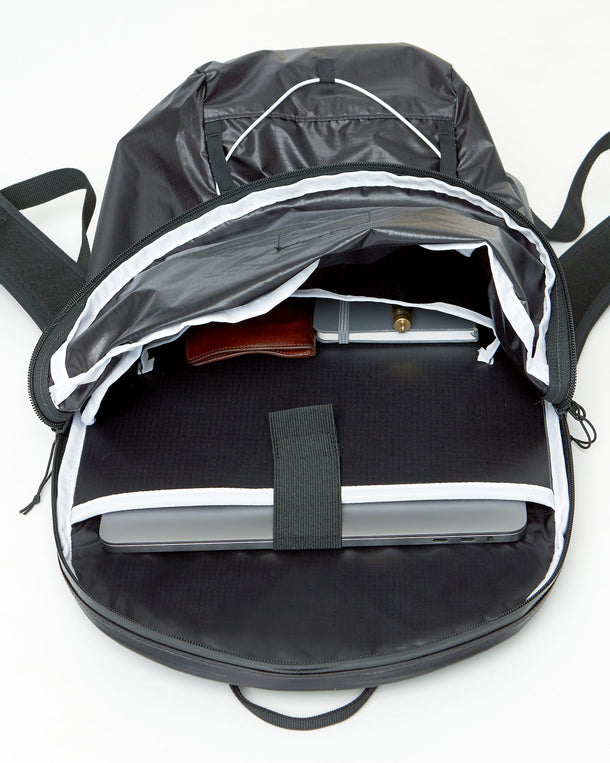Backpacking is an incredible way to explore the world, immersing yourself in nature while carrying your essentials on your back. However, choosing the right gear without overpacking can be a daunting task. In this blog post, we’ll delve into streamlining your backpacking gear list so that you can embark on your adventures with ease and confidence.
Understanding the Essentials: What You Truly Need
When embarking on a backpacking trip, it’s vital to differentiate between what’s essential and what’s just nice to have. Think about the fundamental items that ensure safety, sustenance, and shelter, and avoid the temptation of packing extras just because there’s space. Begin by making a comprehensive list of essentials. Items such as a durable tent, a reliable sleeping bag, and a compact stove should be on your list, regardless of the adventure. Safety gear like a first-aid kit and a navigation system also secures your wellbeing in the wilderness. Avoid bringing everything ‘just in case;’ rather, prioritize the equipment that is versatile and suits your specific journey.

Consider the environment and the length of your trip when determining your essentials. For instance, if you’re heading to a colder climate, thermal layers are non-negotiable. If you’re venturing into wetter regions, opt for a water-resistant backpack to keep your belongings dry and protected. It’s about tailoring your gear to not only your destination but also to your personal preferences and needs. Expert backpackers often suggest trialing the gear on short hikes before committing to a longer trip, ensuring functionality and comfort align with your adventure style.
Multi-purpose Gear: Maximizing Utility and Minimizing Weight
Choosing gear that serves multiple purposes is a clever way to reduce pack weight. For instance, a lightweight tarp can double as a sleep shelter or a sunshade, and a spork takes the place of both a fork and a spoon. Rethink your gear choices to make each item count. A multi-tool can be incredibly handy, encompassing various functions such as cutting, screwing, and opening cans without the need for separate items. Similarly, a bandana is a small but versatile tool that can serve as a headband, towel, or even a sling in emergencies. Each piece of multifunctional kit contributes to lowering your total pack weight while enhancing usability.
Water containers can also be optimized for multiple uses. Consider collapsible water bottles or bladders which double as pillows when not in use, adding a layer of comfort to your nights under the stars. Furthermore, opting for a backpack with modular setups allows you to adapt compartments for storing various items efficiently, as highlighted in the ultimate backpacking gear list. This methodology ensures every piece of gear earns its place, contributing not only to the pack’s manageability but also to the overall ease of your journey.
The Art of Layering: Selecting Versatile Clothing
Layering is the cornerstone of effective backpacking attire. Opt for clothes that can be mixed and matched, allowing you to adapt to changing weather conditions. Focus on lightweight, moisture-wicking fabrics that can be easily worn in layers for warmth or coolness. Begin with a moisture-wicking base layer to keep sweat at bay, topped with a breathable middle layer for insulation, and complete with a weather-resistant outer layer for protection against elements. This combination not only keeps you comfortable but also minimizes the need for carrying additional clothes.

Consider fabrics with quick-drying properties and thermal efficiency. Merino wool, for instance, is perfect for both summer and winter conditions due to its natural insulating qualities and odor-resistance. Investing in clothes that can fulfill dual roles greatly reduces your pack’s volume while maintaining your comfort on the trail. Such strategic clothing choices ensure practicality without skimping on personal style or comfort, turning weather adaptability into an advantage on your adventures. Thru-hiking guides often recommend experimenting with what works best for your body and expected conditions before hitting the trail full-time.
Packing Light: Cutting Down on Bulk Without Losing Comfort
While it might be tempting to bring every comfort from home, the key to enjoyable backpacking is maintaining a lightweight pack. Consider smaller, compressible items like a compact sleeping bag or inflatable sleeping pad, and remember that less is often more when it comes to on-the-go comfort. The focus should be on carrying gear that offers the most comfort without tipping the scales. For instance, a closed-cell foam sleeping pad offers essential insulation without excess weight, while a lightweight down sleeping bag can significantly reduce bulk compared to synthetic options.

Embrace the philosophy of packing your fears; acknowledging what you truly need versus what you feel compelled to bring ‘just in case.’ This mindset encourages shedding non-essential items, embracing ultralight strategies that prioritize functionality over abundance. Ensuring your pack doesn’t exceed 20% of your body weight will allow for more enjoyable and less strenuous treks, especially over challenging terrains. Use a thorough gear checklist to refine your packing choices, ensuring every included item serves a critical purpose on your journey.
Gear Up and Go: The Final Word on Streamlining Your Backpacking List
Streamlining your backpacking gear list doesn’t mean compromising on comfort or safety. With thoughtful planning and smart choices, you can enjoy your explorations with the perfect balance of necessity and convenience. Remember, the goal is to focus on the experience, not the weight on your back.








